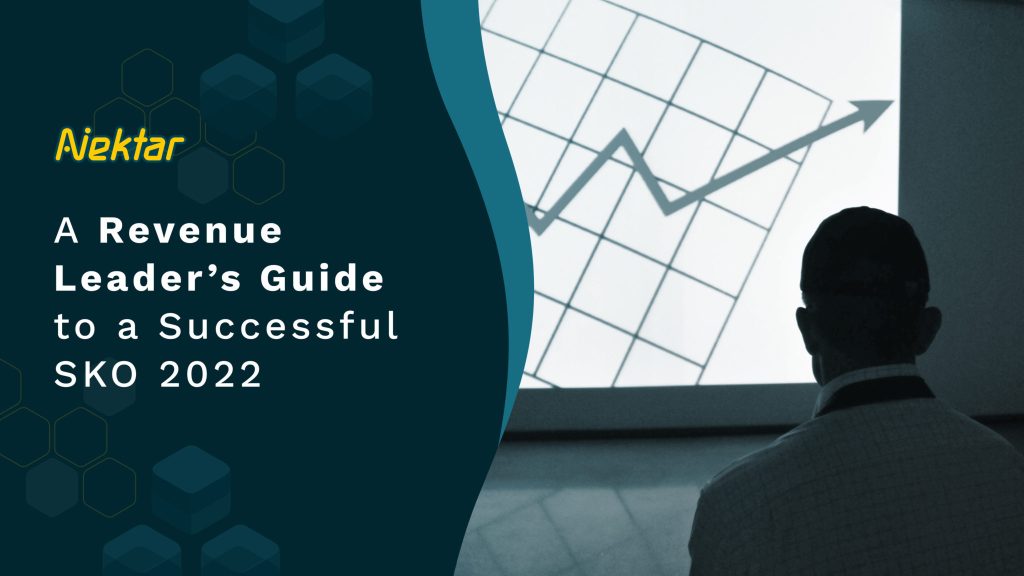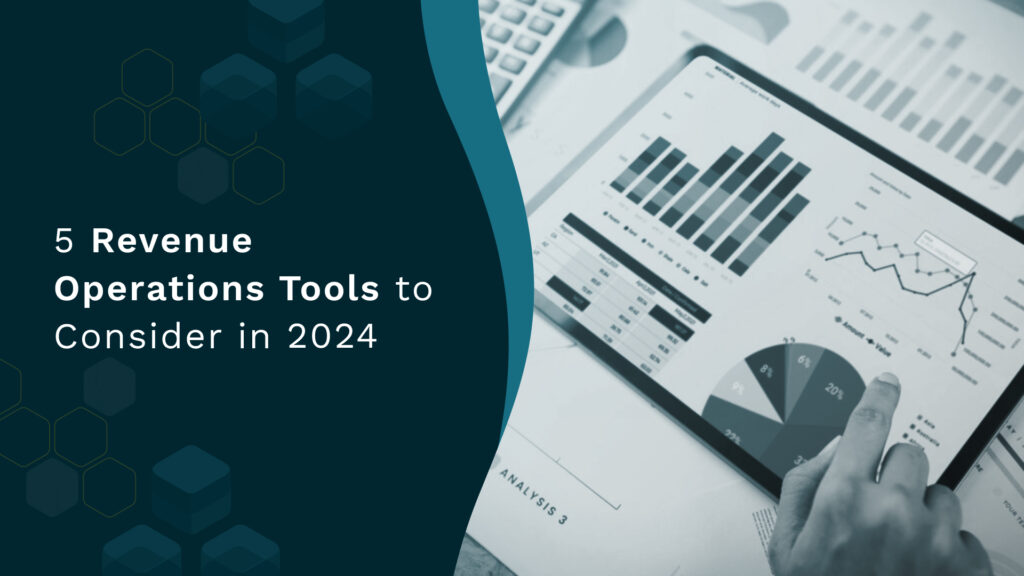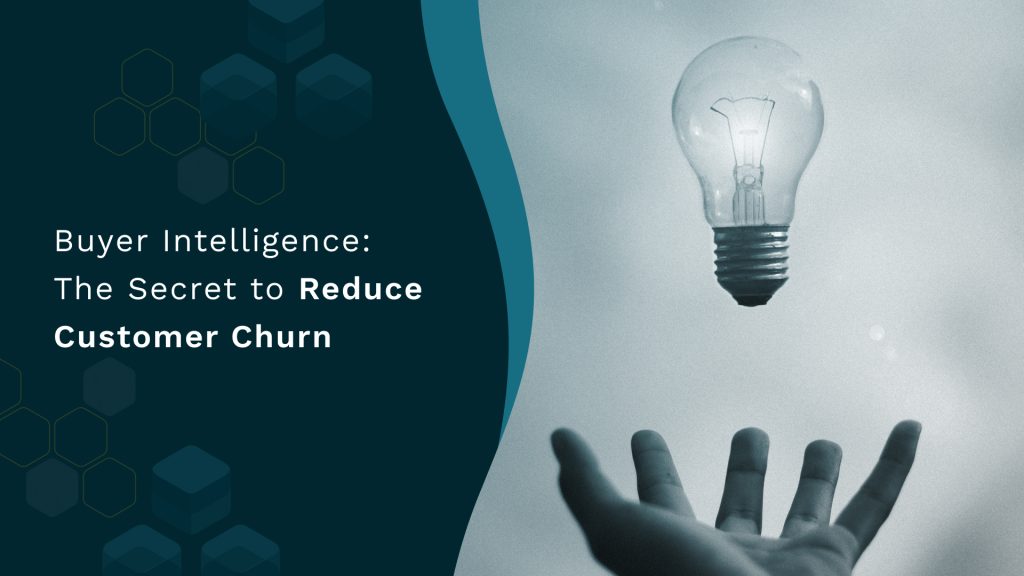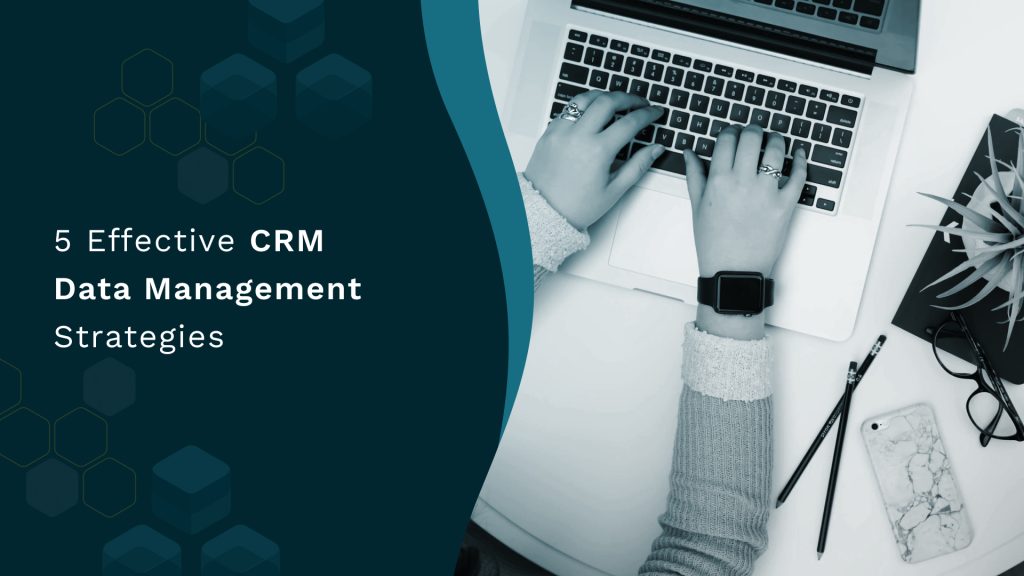10 Best Deal Tracking Software for 2025
10 Best Deal Tracking Software for 2025 RevOps 10 min Imagine your sales team juggling multiple deals at once. They’ve got meetings, follow-ups, and deadlines to manage, and it feels like the weight of the world is on their shoulders. Sound familiar? Well, what if we told you there was a way to make your life easier? A way to streamline your sales process and close more deals? That’s where deal tracking software comes in. We’ve seen first-hand how deal-tracking software can transform a sales organization. That’s why we’ve compiled a list of the 10 best deal-tracking software for 2023. Each software solution will help you stay organized, focused, and efficient so you can focus on what you do best – selling. So, if you’re ready to take your sales game so the next level, keep reading. The possibilities are endless with the right deal tracking software at your fingertips. 10 Best Deal Tracking Software for 2024 1. Nektar 2. EngageBay 3. Kapture CX 4. Salesmate CRM 5. Pipedrive 6. Insightly 7. Nutshell 8. Salesflare 9. BigContacts 10. FreshSales What is a Deal Tracking Software? Deal tracking software is a tool that helps sales professionals manage their sales pipeline by keeping track of all their deals in one central location. Deal tracking software provides an overview of each deal’s status, from initial contact to final close, allowing salespeople to quickly and easily assess the state of their pipeline. Let’s say you have dozens of deals in your pipeline, ranging from small accounts to large enterprise deals. A deal tracking software will allow you to see deals that: are in the negotiation phase need follow-up calls are on track for a close Think of deal tracking software as a solution that provides end-to-end visibility into your sales pipeline, allowing you to stay organized and focused on closing deals. Overview of 10 Best Deal Tracking Software for 2025 Now that you know everything about deal tracking, it’s time to look at the software solutions that can help you. Here’s our pick of the top 10 deal tracking software: 1. Nektar Nektar is one of the best deal tracking software that helps businesses spot real opportunities sooner, progress deals faster, and ultimately drive revenue growth. One of the key benefits of Nektar is its ability to automatically analyze every buyer interaction, providing valuable insights and actionable intelligence to sales teams. Using advanced algorithms and machine learning, Nektar can identify upside and at-risk opportunities in real time, enabling sales teams to focus their efforts where they’re most needed. Nektar helps sales teams prioritize their time and resources, ensuring they’re always working on the most promising deals. Key features: Offers the buyer-seller activity as a key leading indicator to understanding the deal progression Allows time measurement at each stage to optimize sales cycles Identifies high-value opportunities that require more focus 2. EngageBay EngageBay is an intuitive deal tracking software that helps businesses manage every individual lead in their sales pipeline tracking. The software enables businesses to streamline their lead flow, view important information about each lead, and close deals more efficiently. Businesses can filter and sort their leads based on different criteria, such as lead source, lead score, and lead status. It helps businesses prioritize their leads and focus on those most likely to convert into paying customers. The software also allows businesses to set up automated workflows that move leads through the pipeline based on their behavior and actions. Key features: Unified sales lead information Centralized client data Estimated revenue generation forecast 3. Kapture CX Kapture CX offers an intuitive interface that makes it easy for businesses to keep a tab of their leads and prioritize them. The software helps businesses optimize their relationships with clients, boosting sales. The software allows businesses to set up custom hierarchies and view their sales performance data at different levels of the organization. Businesses can identify trends and opportunities for improvement and track the progress of individual sales reps and teams. It also provides businesses with various tools to help them engage with their clients more effectively, such as effective personalization. Businesses can build stronger relationships with their clients and increase the chances of closing deals. Key features: Omni-channel support Integrated sales monitoring Easy API compatibility 4. Salesmate CRM Salesmate CRM comes equipped with a sales activity tracker, which allows you to plan and stay on top of your sales pipeline. With Salesmate CRM, you can easily track your team’s activities and monitor their progress in real-time. This feature is particularly useful for sales managers who need to keep tabs on their team’s performance and identify areas for improvement. You can use the software to automate repetitive tasks, like sending follow-up emails or updating your CRM system. It will help free up your team’s time and allow them to focus on more important tasks like closing deals and generating revenue. Key features: Automates sales activities and playbook Sales timeline for easy tracking Smart calendar view 5. Pipedrive Pipedrive is another excellent option that allows you to create the stages of your sales funnel. You can easily track your deals and stay organized throughout the sales process. With Pipedrive, you’ll receive automatic alerts and reminders to stay on track and ensure no deal falls through the cracks. These notifications are customizable and can be set up to suit your specific needs and preferences. Pipedrive also has advanced analytics capabilities that provide a range of useful metrics and reports, allowing you to identify opportunities to close more sales and improve your overall performance. The platform also incorporates AI technology to help you prioritize leads and identify which deals will likely close successfully. Key features: Visual sales pipeline Customizable pipeline Team collaboration 6. Insightly Insightly helps businesses stay on top of their sales pipeline through its customizable dashboards. Users can break down the data they want to track in a way that makes sense for their business. Whether you’re interested in tracking deals by stage, salesperson, or product, Insightly can help you do it.








